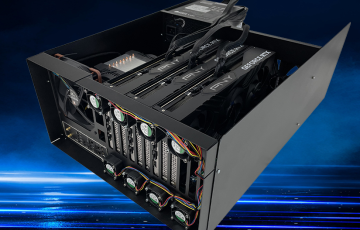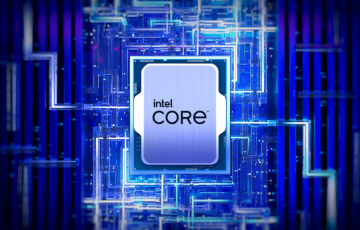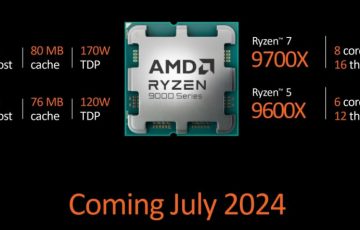In one of our blog posts last month we talked about the gap closing between the cost of SSD and traditional spinning disk. Only a modest increment in cost delivers comparable capacity, but with vastly greater performance advantages. And with SSD capacities growing all of the time, the fate of traditional disk looks set.
The world of SSD is moving as fast as the memory itself. Firstly, there’s different approaches to achieving greater capacities. Whilst the prevailing trend has been to make di sizes smaller, the likes of Samsung and Intel have decided to buck the trend, going back several di sizes to 40nm (still small, but not as small) with a plan to stack memory. So, instead of a single layer di, they can stack in multiple layers and achieve advancements in density and therefore capacity this way. This is a move to deliver better economies – using a larger di size they can manufacture their SSD’s much cheaper, but still achieve the same (or possibly better) capacity advancements.
Where does this leave RAID? Current NAS/SAN arrays are built of multiple spinning drives but if the same capacity could be achieved in a smaller foot print surely the future of the hot swap SATA/SAS interface is limited.
Then consider the new performance advantages of Ultra M.2 with it’s 10Gb/s interface and you have a new storage media even for large data centres.
Of course, SSD is effecting data storage, but what else is it impacting? The really interesting result of SSD (in whichever variant), is the real estate it frees up in the device itself. With no cumbersome spinning disk gobbling up device real-estate (and power), devices can shrink in size, or have space liberated to incorporate new features, or achieve better performance from other components.
Likewise, power demands drop dramatically as SSD’s require only limited power to operate, which is good for the pocket and the environment.
Importantly, SSD’s contain no moving parts so are perfect for use in environments where devices need to be rugged or vibration is likely to be high. Take a look at the solution we implemented for Landrover which incorporated SSD technology as a key component.
Lastly, SSD’s omit no audible noise. This makes them well-suited for noise-sensitive environments – in fact we’ve put this to the test in devices which we have deployed in environments ranging from restaurants to sound studios.
We’re excited about the opportunities presented by SSD technology. We are able to incorporate it across all of our products and it is becoming an increasingly vital ingredient in the bespoke solutions we build for our customers.
If you’d like to know more about the inclusion of SSD in our products or believe the technology could lend itself to a challenge you face, please get in touch to talk further.






